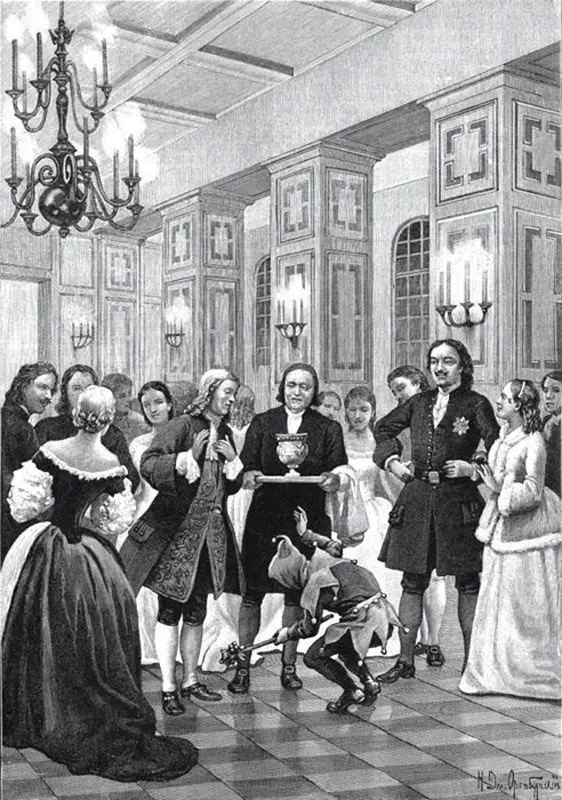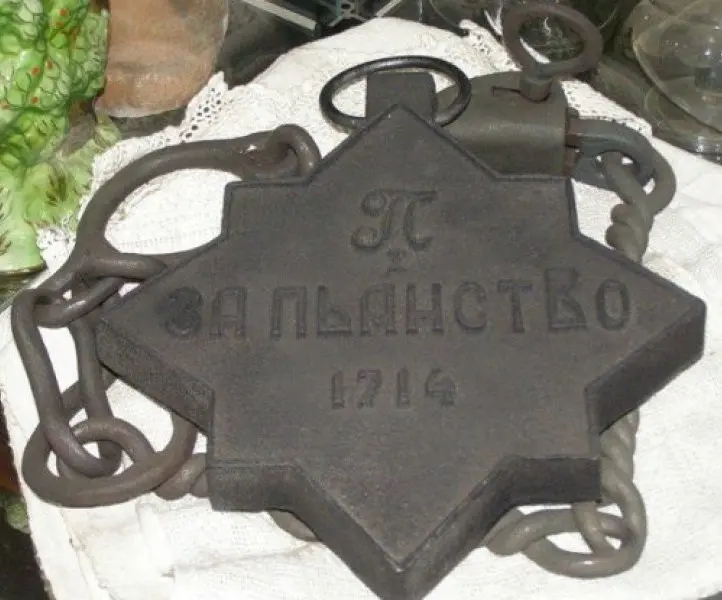Russian table traditions have existed for centuries. A late guest is immediately poured a “penalty” glass, and before leaving it is supposed to drink “on the staff”. Rituals continue to be performed, but few people think about their origin. Meanwhile, the custom of punishing those who were late for a symposia (a ritual feast) has been known since ancient Greece, where a delinquent guest had to pay money to the owner of the house, but even then it was not supposed to drink. The “penalty” glass in Russia appeared with the light hand of Peter I, who could not stand being late.
The history of the tradition
Emperor Peter I in 1718 introduced into the cultural life of the noble society the custom of spending leisure time at assemblies, which became the prototype of balls. The Tsar borrowed the idea from the Europeans, where parties with dances and drinks were in great fashion. The rules for holding assemblies were regulated by a royal decree, which obliged not only nobles, but their spouses and daughters to attend events.
Documents of that time have been preserved, from which it can be concluded that a huge amount of alcohol was drunk at the assemblies. The boyars did not approve of such a pastime, as they considered it indecent, but it was impossible to refuse. “Truants” risked incurring the wrath of the king. Punishment awaited those who were late and came to the assembly late. The violator was obliged to drain a huge glass of grain alcohol, the taste and smell of which were disgusting.

Such glasses were made without a base, so it was only possible to put a “penalty” on the table upside down, and for this the container had to be emptied first. If the emperor was present at the party, the offending guest was offered a goblet of the “Great Eagle”, which contained one and a half liters. Not everyone was able to do this, so the whole society laughed at the courtier’s attempts to fulfill the king’s demand. A “penalty” glass could be punished for any violation, including for unwillingness to have fun and take part in dancing.
Despite the abundant libations at the assemblies, the king did not approve of addiction to alcohol. Nobles convicted of drunkenness risked being punished. The guilty person was obliged to wear a medal for a week, which was worn around the neck. The “award” was made of cast iron, and the weight reached sixteen kilograms. It was impossible to remove the medal either day or night, as the rim was locked with a key.

What does “penalty” glass mean now
Over time, the glasses became not so gigantic, but the custom took root. The late guest continues to pour a glass, but the meaning of the tradition has changed. The delay is no longer considered a serious fault, but a sober person in a tipsy company feels uncomfortable, especially if the feast has been going on for a long time. A “penalty” glass helps the guest to relax and “catch up” with those present faster. It is not customary to refuse treats, as in this case the owner of the house may be offended.
Glasses from the time of Peter the Great are presented in the exposition of the Vodka Museum, which is located in St. Petersburg. During the tour, visitors are told about the history of the Russian national drink and about interesting facts related to the national traditions of drinking alcohol. The exhibits are divided into eras and include bottles, glasses and labels of a wide variety of shapes, a separate collection is dedicated to the Soviet past and the times of the anti-alcohol campaign, which was actively carried out in the 1980s.









